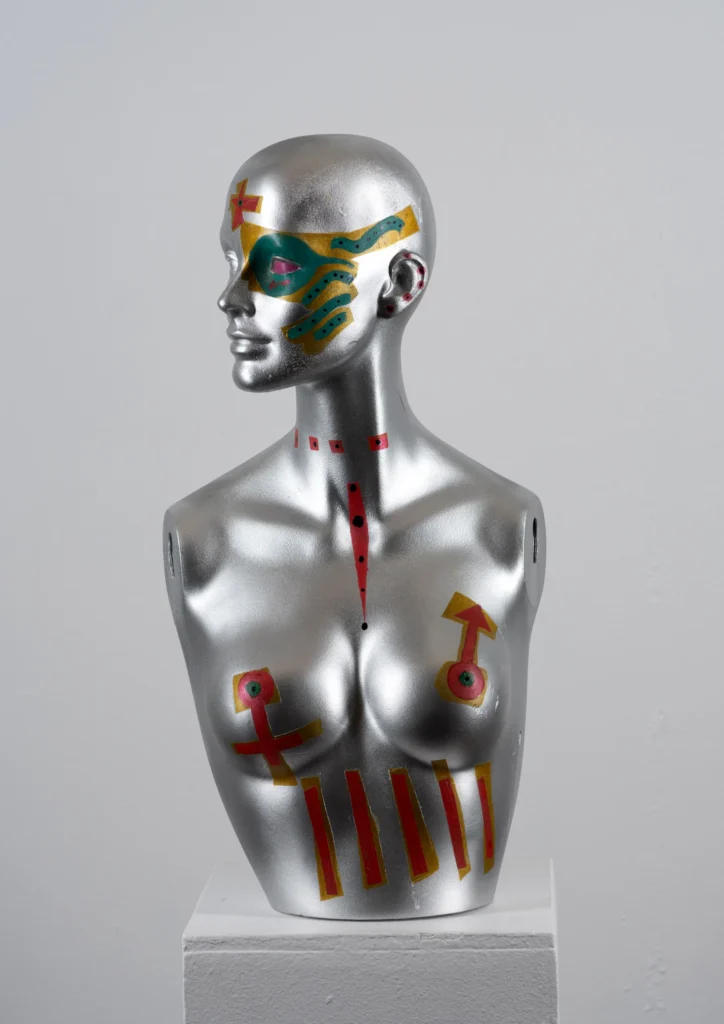ReSOURCE
Artists

Dr. Yaoundé Olu
Dr. Yaoundé Olu (b.1945) is an artist, musician, educator, editorial cartoonist, illustrator, and indie comic publisher whose work has been exhibited at the Bridgeport Arts Center, the South Side Community Art Center, the Museum of Contemporary Art, the Smart Museum, the Evanston Art Center, and many other venues. After over 40 years, she still serves as the editorial cartoonist for the Chicago and Gary Crusader newspapers and in 2023 she was featured in the New York Times bestseller, It’s Life As I See It: Black Cartoonists in Chicago, 1940-1980, the catalogue that accompanied the MCA’s exhibition featuring her work. A member of Sapphire and Crystals, Dr. Olu opened her own alternative art space in South Shore called Osun (1968-1982), one of many creative spaces that inhabited 75th Street during that time. Though widely associated with Afrofuturism, Dr. Olu prefers the term “Retrofuturism,” noting that her work heavily emphasizes the past and the present, as well as the future. Uniquely using digital art as a medium, her work features a beautiful combination of technology and Afro-centric design elements to provide an alternate landscape where imagination reveals the vast possibilities that life holds, representing a light in an otherwise dark world.


